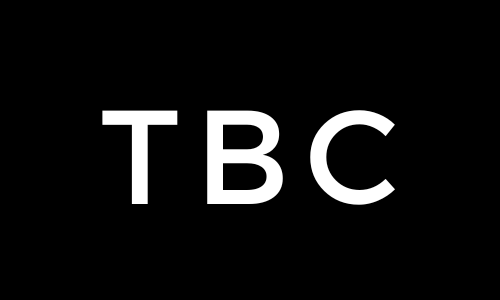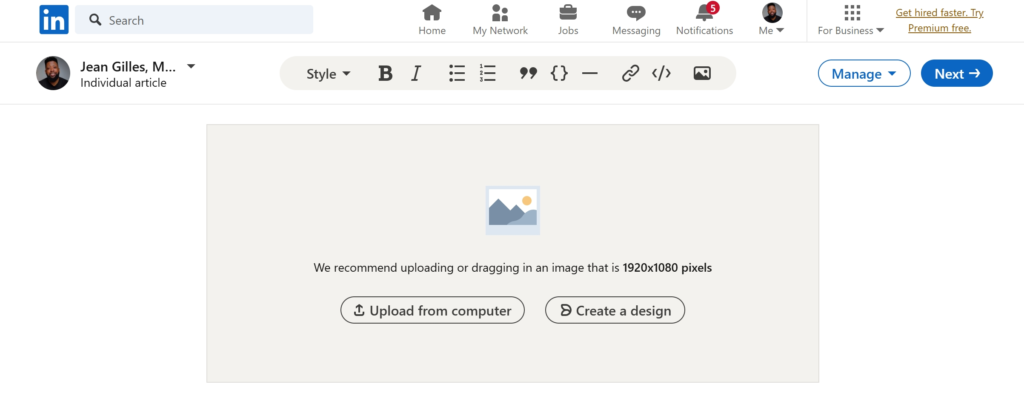LinkedIn has evolved from a simple professional networking site into a dynamic platform for sharing content and building your personal brand. The platform provides unique opportunities to reach the right people if you want to showcase your skills and expertise, grow an audience, or drive traffic to your blog.
It’s no longer just a place to connect with colleagues or apply for jobs – it’s a space where professionals share insights, start conversations, and establish themselves as thought leaders.
The platform’s built-in engagement tools, like comments and shares, make it easier to expand your reach without building an audience from scratch. Unlike traditional blogs, LinkedIn’s algorithm helps surface your posts to people who might not already follow you, increasing the chances of your content being discovered and shared.
In this article, we’ll cover whether LinkedIn is the right fit for blogging and how you can use it to elevate your online presence. Also, we’ll cover some interesting studies on people who found success blogging using LinkedIn.
Why Blog on LinkedIn?
Blogging on LinkedIn can be a great way to connect with the right audience. With over 900 million professionals on the platform, your posts can reach decision-makers, peers, and potential clients looking for useful content. LinkedIn also makes it easy to engage with readers through likes, comments, and shares, boosting your reach without the need for a separate audience.
By sharing your knowledge with the community, you can build credibility and establish yourself as an expert in your field, which might even lead to job offers or new business. Plus, linking your posts to your website can help drive traffic and improve your blog’s SEO.
Best of all, LinkedIn is simple to use—no technical skills or setup are required. Thus, you can focus entirely on creating content, not managing a blog.
Making the Case for LinkedIn Blogging
Blogging on LinkedIn has proven to be an effective strategy for professionals seeking new job opportunities. Here are a few case studies illustrating how individuals leveraged LinkedIn’s platform to advance their careers:
1. Allison Hitz: From Book Blogger to Digital Content Strategist
Allison managed a personal book blog, “The Book Wheel,” for three years. Despite holding a Master’s degree in Public Policy and completing two relevant internships, her blogging experience caught employers’ attention. Her blog demonstrated her content creation skills and industry knowledge, leading to a position as a Digital Content Strategist with a company that collaborates with authors.
2. William Anderson: Landing a Marketing Role Through Targeted Blogging
William used his blog to showcase his marketing expertise, creating specific landing pages tailored to potential employers. He secured a Director of Marketing position by demonstrating his technical and marketing skills through personalized content. His blog served as a portfolio, effectively communicating his value to prospective employers.
3. Nataliya Ogle: Transitioning from Blogger to Editor
Nataliya began blogging in 2009 and committed seriously in 2012. Leveraging the experience and content management skills gained from her blog, she secured an editor position at a large company managing multiple women’s lifestyle websites. Her blog showcased her expertise and ability to run a content-driven platform, making her a valuable asset to her employer.
Limitations of Blogging on LinkedIn
Like other platforms, writing on LinkedIn has its advantages, but there are a few drawbacks to keep in mind. One major limitation is that you don’t fully own the content you publish. LinkedIn’s algorithms and policies determine how your posts are displayed, and if they make changes, your reach could drop.
The platform is also highly competitive, with countless professionals sharing content and fighting for attention. To stand out, you need to post consistently and create high-quality material. For some, producing regular content poses a challenge and deciding factor when considering overall efforts.
Another thing to note is LinkedIn doesn’t offer direct ways to monetize your content like a blog does. There are no ads or ways to earn from affiliate links, so any money you make has to come in other ways.
Best Practices for Blogging on LinkedIn
Writing content that grabs attention and offers useful advice can help you stand out and grow your audience. Here are some simple tips to make sure your LinkedIn blogs get the attention they deserve:
- Choose the Right Topics
Focus on topics relevant to your industry or profession. Posts that offer actionable advice or unique insights perform best. - Optimize Your Headlines
Use attention-grabbing titles that clearly outline the value readers will gain. Headlines with numbers or questions work well. - Keep it Concise and Value-Driven
LinkedIn readers prefer short, easy-to-digest articles (500–1,200 words). Start with a hook and deliver value early. - Leverage Visuals
Include images, charts, or infographics to make your content more engaging and shareable. - Promote Interaction
End your articles with a question or call to action (CTA) to encourage comments and shares.
How to Get Started
To start blogging on LinkedIn, use the “Write Article” option under the “Post” section of your profile. This will take you to another screen with prompts that should be self-explanatory.
Pro Tip: Adding hashtags makes your content discoverable, and tagging relevant individuals or companies can boost visibility.
When to Stick to Your Own Blog
LinkedIn is a great platform for sharing professional content, but there are times when keeping your focus on a personal blog is the better choice. A standalone blog gives you complete control over your brand, design, and content.
You aren’t limited by platform algorithms or changing policies, so your audience always has direct access to your posts. Unlike LinkedIn, personal blogs offer more monetization opportunities through ads, affiliate marketing, sponsored content, and digital products.
Owning your platform is the way to go if you want long-term growth. While LinkedIn can help expand your reach and drive traffic, relying solely on it limits your ability to grow your audience and income.
Use LinkedIn as a way to share insights and attract attention, but let your blog be the main space where you build a deeper connection with readers, capture leads, and create lasting value. In the end, LinkedIn should complement your blog, not replace it.
Final Thoughts
LinkedIn is a great platform for blogging if you want to build authority, engage with professionals, or drive traffic to your main blog. While LinkedIn has its limitations, blogging on LinkedIn is great for reaching the right audience quickly, especially those in B2B industries or personal branding.
The best approach is to use LinkedIn alongside your personal blog. By sharing valuable content and guiding readers back to your site, you can build long-term growth while making the most of LinkedIn’s reach and audience. This combination strengthens your online presence and helps you develop a platform you fully control.
Enjoyed this post? Share it with others! For more blogging and affiliate marketing tips, subscribe to our newsletter and never miss an update.
Discover more from The Blog Channel
Subscribe to get the latest posts sent to your email.











